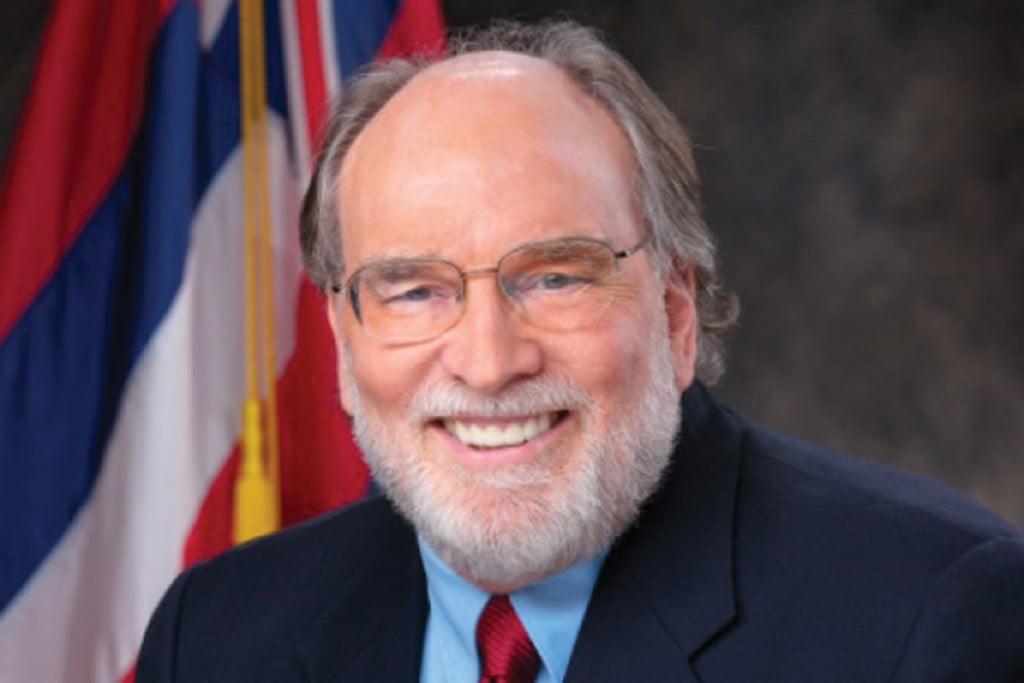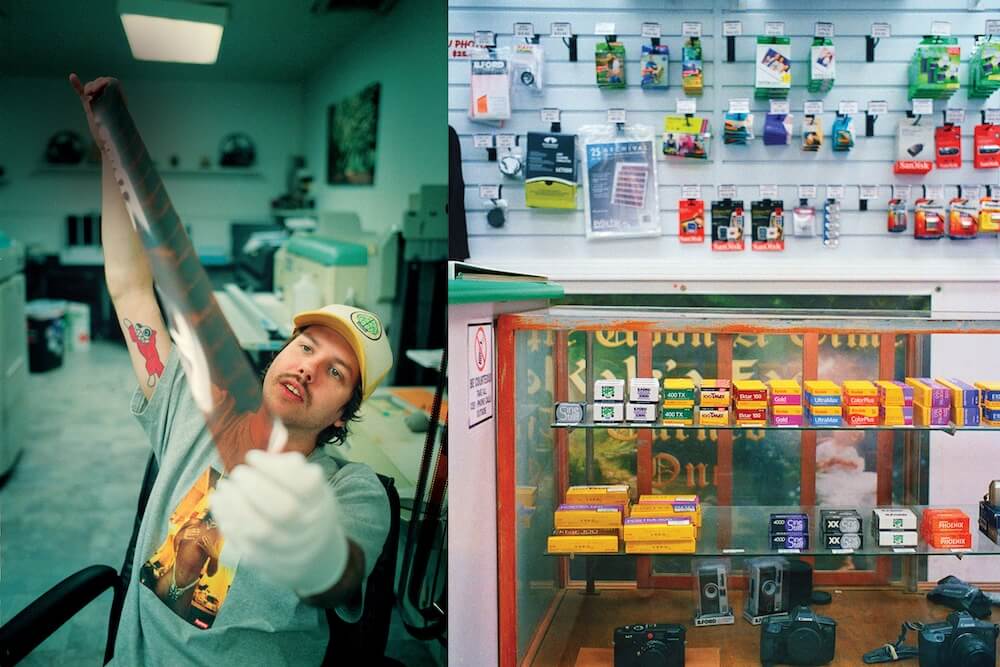Hawaii Business BOSS Survey – December 2013

12 Insights from the BOSS survey of 402 local business leaders
402 local business leaders explain what’s happening on the front lines of the local economy and what’s ahead.
Click here to download a copy of the entire survey.
1. Strong and Steady
The Performance Index, which combines the results from 402 companies on revenue, profits and staffing, is virtually unchanged for two years of BOSS surveys.
But
More revenue for more companies has not translated into increased profits or a substantial increase in hiring.
2. Optimistic, But No Longer Euphoric
The Optimism Index asks 402 business leaders: Do you think Hawaii’s economy will improve, stay the same or get worse in the coming year?
Better or Worse
32 percent of the businesses polled believe the state’s economy will improve in the coming year, 27 percent believe things will get worse and 38 percent expect little change.
3. Your Company’s Spending Plans for the Coming Year
Smaller firms are the most likely to signal more cost cutting in the coming year. Among companies with three to nine employees, 37 percent predict cost cutting; among companies with 100 or more employees, only 17 percent expect to cut costs.
Small Firms Hit Hardest
Smaller firms are the most likely to signal more cost cutting in the coming year. Among companies with three to nine employees, 37 percent predict cost cutting; among companies with 100 or more employees, only 17 percent expect to cut costs.
4. Gov. Abercrombie: Helped or Hurt?
Gov. Neil Abercrombie took office in December 2010 and is running for re-election in November 2014. Business leaders were asked about his impact on their individual companies since he took office.
5. Cash Reserves
Does your business have a cash reserve?
6. Is Your Debt Growing?
42 percent of the companies say they had debt. Of those companies, this is how their debt changed over the past year.
7. Marketing
How will your marketing budget change in the coming year?
Focus on the Visitor Industry
Of the 402 business leaders surveyed,107 are leading companies that earn a majority of their revenue from tourists or from companies that serve tourists. Here is what those tourism leaders told us about their companies.
8. Equal Performance
The Performance Index, based on companies’ revenue, profit and staffing, was essentially the same for the visitor industry and the rest of the surveyed companies.
9. More Optimism in Tourism
When asked about Hawaii’s economy in the coming year, tourism companies were a little more optimistic on average than other companies.
10. Who Does Your Revenue Come From
We asked the business leaders a series of questions to determine the share of revenue that was coming from each group of visitors. Here is the average breakdown:
11. Future Revenue
What will happen to tourism spending at your business over the next year or two?
12. Local Partner
Companies that have clients/customers from Japan, Korea and/or China were asked two questions:
1. Do you have a local partner(s) in these countries that helps you to attract business before arrival? (Percent that answered yes.)
2. Do you or a partner have a social media presence in these countries? (Percent that answered yes.)
What’s the BOSS? BOSS stands for Hawaii Business’ Outlook and Sentiment Survey.
Our polling partner: Qmark Research, www.qmarkresearch.com.
When: This edition of the twice-a-year BOSS survey was based on 402 random interviews of business executives and owners conducted by Qmark from Oct. 8 to Oct. 23, 2013.
Who: The sample includes proportionate representation of all sizes of Hawaii companies: Businesses with three to nine employees are designated as “very small;” 10 to 49 employees as “small”; 50 to 99 employees as medium; and 100 or more employees as “large.” The data was weighted to reflect the proper proportions of each company segment based on number of employees as reported by the state Department of Labor.
Tourism: The tourism section of the survey was based on interviews with 107 company leaders who said that a majority of their business was in tourism.
Where: Executives on all the major islands were interviewed, in proportion to the relative size of their island’s business activity.
Margin of error: A sample of this size (n=401) has a margin of error of +/- 4.90 percentage points with a 95 percent level of confidence.






